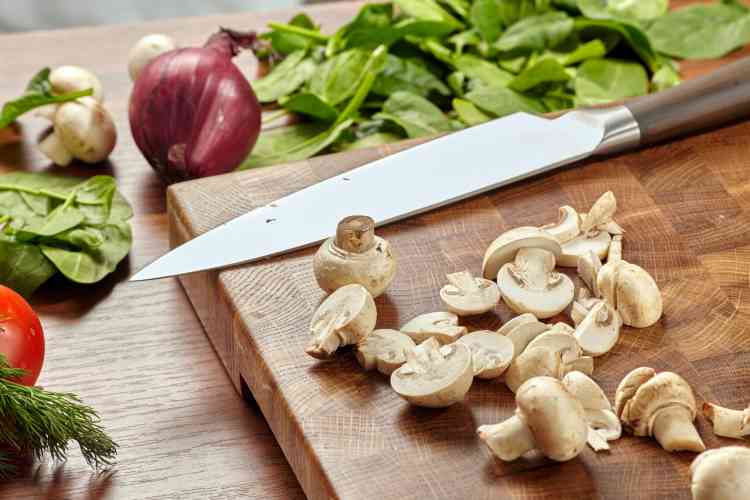When it comes to kitchen tools, few are as indispensable and versatile as the German bread knife. For kitchen professionals, understanding the myriad uses of a German bread knife can elevate not only the efficiency of food preparation but also the quality of the final product. This article delves into the various applications, benefits, and maintenance tips for this essential kitchen tool, ensuring that even the most seasoned chefs can gain new insights. Let's explore the world of German bread knives and discover how they can transform your culinary experience.

Understanding the Design: What Makes a German Bread Knife Unique?
Before diving into the uses of a German bread knife, it's crucial to understand what sets it apart. Typically, these knives feature a serrated edge, allowing them to effortlessly slice through crusty breads without crushing the soft interior. The length of the blade, usually around 8 to 10 inches, provides ample leverage and control. German knives are renowned for their durability and precision, crafted from high-carbon stainless steel, which promises longevity and resistance to rust and corrosion.
Primary Uses of a German Bread Knife
Slicing Bread with Ease
As the name suggests, the primary function of a German bread knife is to slice bread. Whether it's a crusty baguette or a soft loaf, the serrated edge cuts through with minimal effort, preserving the integrity of the bread. This is particularly important in professional kitchens where presentation is key.
Versatility Beyond Bread
Beyond bread, these knives excel at slicing fruits and vegetables with tough exteriors and soft interiors, such as tomatoes or pineapples. The sharp serrations grip the surface, allowing for clean cuts without the need for excessive force.
Perfect for Pastries and Cakes
In the realm of baking, a German bread knife is invaluable. It can effortlessly slice through delicate pastries and cakes, ensuring clean edges without crumbling. This feature is especially appreciated in professional baking where precision is paramount.
Maintaining Your German Bread Knife
Proper maintenance is essential to ensure the longevity of your German bread knife. Regularly honing the blade with a steel rod can keep it sharp, while periodic sharpening with a professional service will maintain the serrations. It's also crucial to hand wash and thoroughly dry the knife to prevent rust and corrosion.
For more comprehensive guidance on maintaining your knives, check out the expert tips from Zwilling's knife care guide.
Integrating a German Bread Knife into Your Kitchen Arsenal
Incorporating a German bread knife into your kitchen repertoire can revolutionize your culinary processes. Its versatility allows it to handle tasks traditionally reserved for other types of knives, making it an invaluable addition to any professional kitchen. For those interested in exploring other types of German knives, consider reading more about the German vegetable knife guide for further insights.

FAQs: Common Questions About German Bread Knives
Why choose a German bread knife over a regular knife?
A German bread knife is specifically designed with a serrated edge, making it ideal for slicing through crusty surfaces without crushing the softer interior. This precision and efficiency make it superior to a regular knife for such tasks.
Can I use a German bread knife for cutting meat?
While it's not the primary use, a German bread knife can be used to slice cooked meats, especially those with a crusty exterior. However, for raw meats, it's better to use a chef's knife for a cleaner cut.
How often should I sharpen my German bread knife?
It depends on the frequency of use. Regular honing can maintain the knife's edge, but professional sharpening should be done every 6 to 12 months to keep the serrations in top condition.
For more insights on the differences between German and Japanese knives, visit Cutlery and More's comparison of German vs. Japanese knives.


























